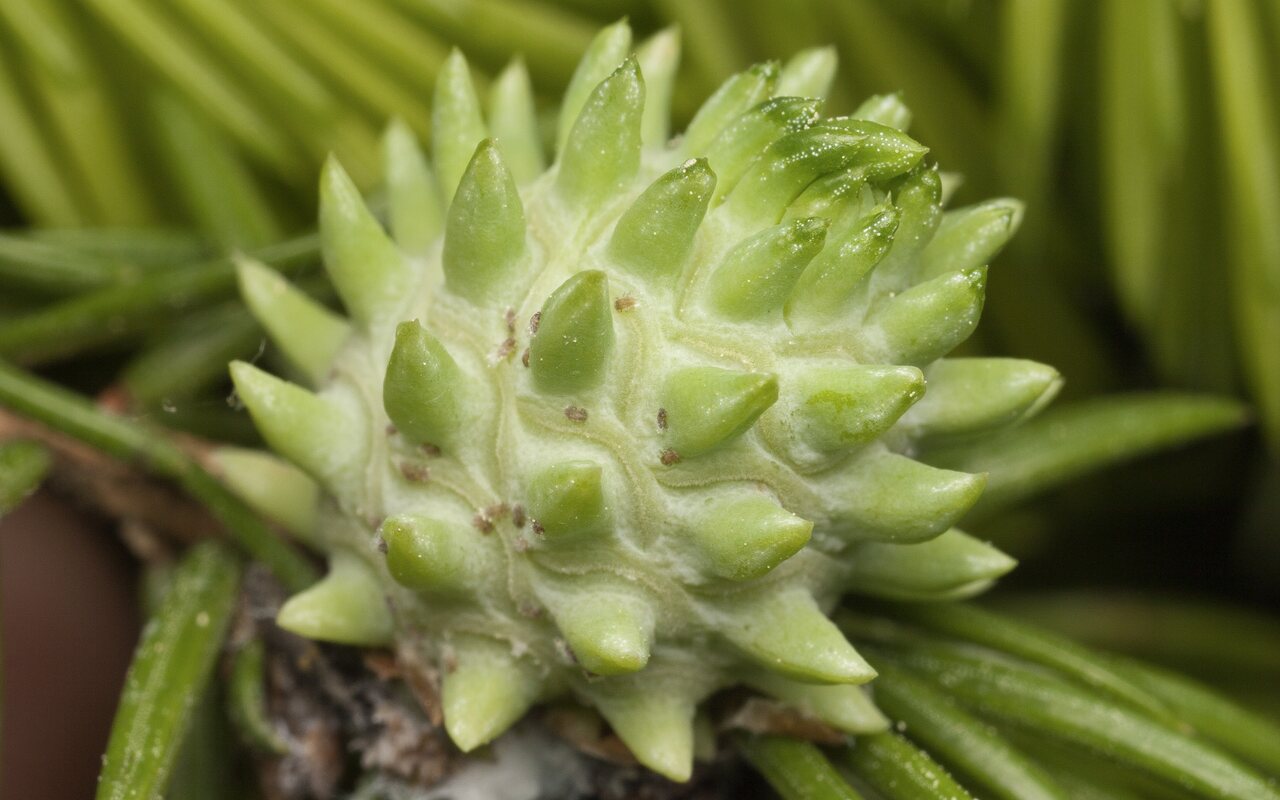
Picea abies · paprastoji eglė
- Norway spruce, European spruce
- Gemeine Fichte, Gewöhnliche Fichte, Rotfichte, Rottanne
- paprastoji eglė
- parastā egle
- świerk pospolity
https://en.wikipedia.org/wiki/Picea_abies The Norway spruce is one of the most widely planted spruces, both in and outside of its native range, and one of the most economically important coniferous species in Europe. It is used as an ornamental tree in parks and gardens. It is also widely planted for use as a Christmas tree.
Paprastoji eglė – polimorfinė rūšis, jos populiacijoms būdingas didelis genetinis kintamumas, gamtoje priskaičiuojama dešimtys morfologinių, fiziologinių ir ekologinių jos formų. Tai potencialiai aukščiausiai galinti užaugti vietinių medžių rūšis Lietuvoje. Aukščiausia paprastoji eglė Lietuvoje (aukštis 45 m, skersmuo 86 cm) iki 1995 m. augo Prienų šile, bet ją pagraužė kinivarpos. Dar aukštesnė, apie 46 m aukščio buvo nupjauta 1997 metais. Šiuo metu aukščiausia Lietuvos egle laikoma Balkasodžio arba Noriūnų miško eglė. Šios eglės aukštis 44,3 m, o kamieno apimtis 1,3 m aukštyje – 205 cm. Taip pat ši eglė yra antras pagal aukštį Lietuvos medis.
‥
0 comments
Add a comment